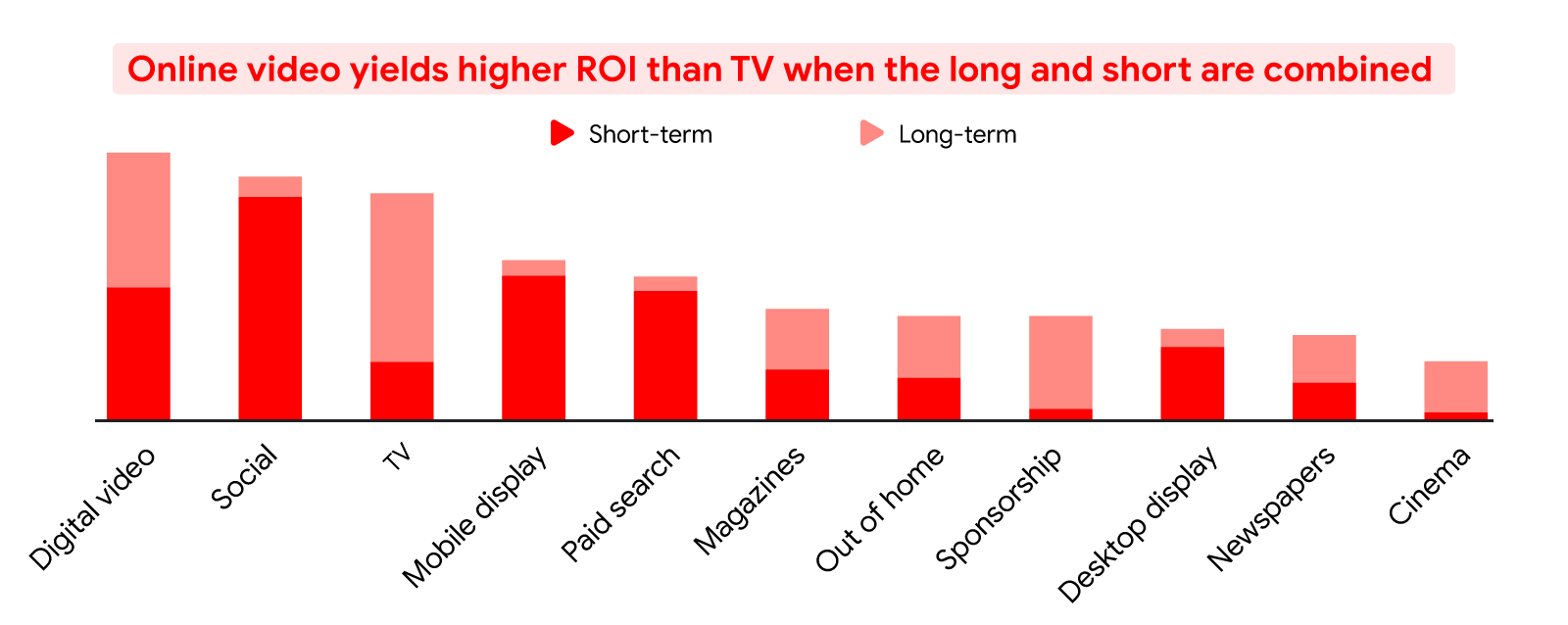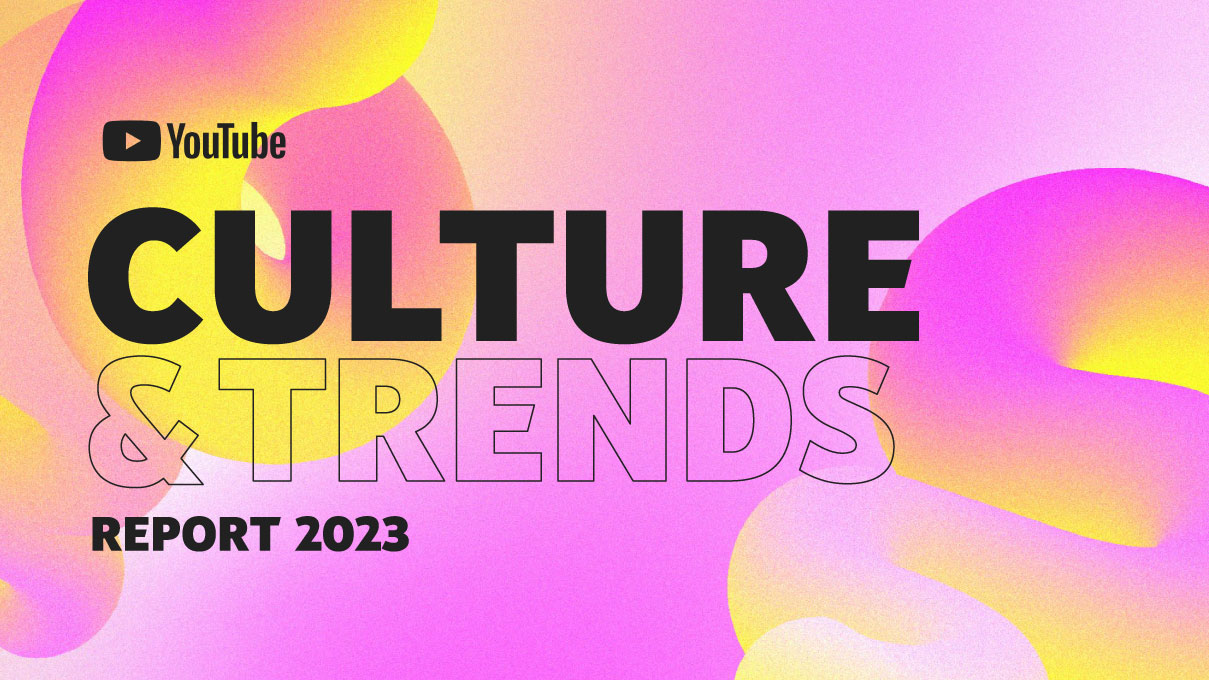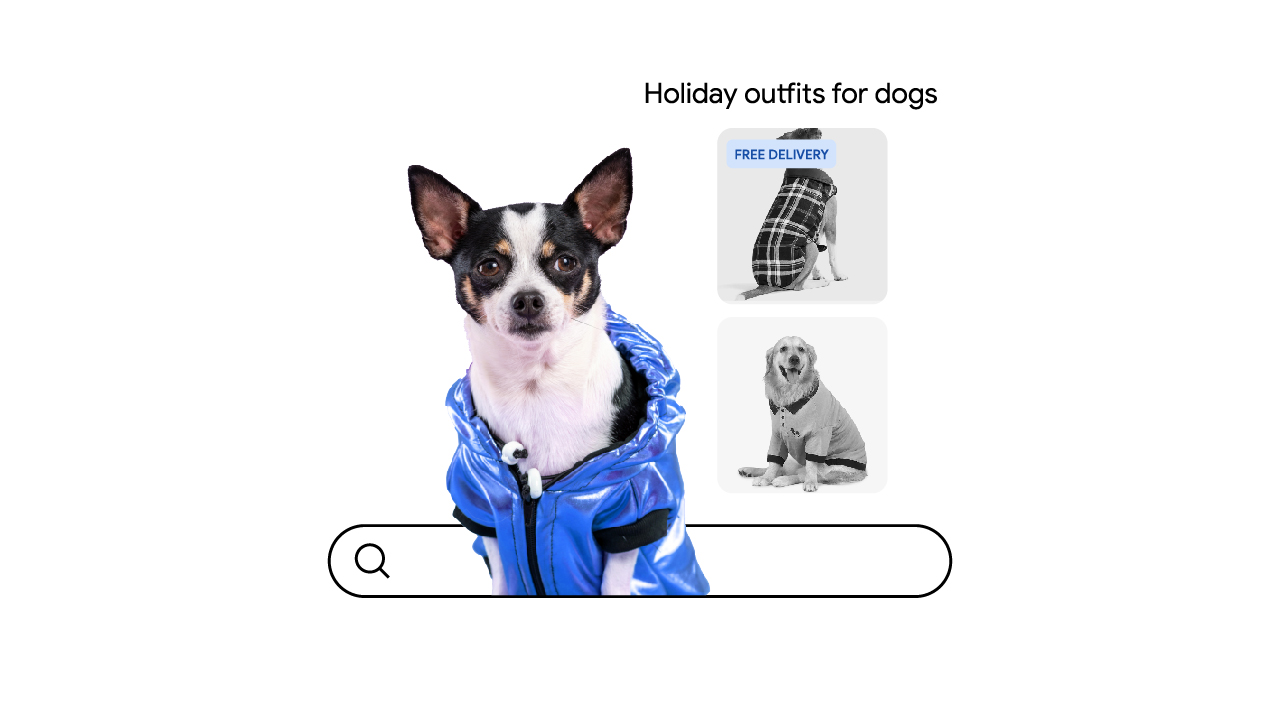Gone are the days when brands could become a household name with a single iconic television ad. Rather than flip through channels on linear TV, more people consume their favourite content on their own time and connect with brands in more places and platforms.
But that doesn’t mean we should throw core brand-building principles out the window. In fact, advertisers can use the same time-tested brand wisdom to establish a stronger presence where people choose to spend more time. And they can do that with ad formats that allow for more experimentation, a wider reach, and better results.
So what does brand building look like in a multichannel media strategy today? Here, global experts from top brands and agencies walk us through four rules advertisers should know to build a brand that resonates.
The media landscape has changed, but the brand principles haven’t
The good news is that the ingredients of a winning brand identity aren’t all that different now than they were 20 years ago.
Advertisers still need to do the same homework to build a lasting, memorable brand: they have to understand their brand’s role, purpose, and audience long before they can start thinking about channels or campaigns.
“We have become embarrassed about what a brand is,” says Paul Sinkinson, managing director at Analytic Partners. “A brand is a memory cue, a representation, and an easy way to find something of quality.”
But thanks to technology, the way consumers find and engage with today’s brands has evolved drastically. Video remains one of, if not the most, engaging mediums for brands to connect with new audiences. Only now, people can tune into their preferred content in more ways, and in turn, interact with brands in more places.
“The role of brands largely hasn’t changed,” says Les Binet, head of effectiveness at adam&eveDDB U.K. “Consumer decisions are still a mix of rational and emotional, but technology has given us new ways to influence them, whether it’s by helping them to compare prices or simply charming them with an amusing video.”
A digital media strategy for long-term brand building
To keep up with today’s digital channels, brands need a new go-to strategy for their media budgets.
The old 60:40 rule of marketing holds that brands should invest 60% of their efforts on long-term brand building and the other 40% on sales activation. That’s still true today, but experts say that in the highly competitive digital ecosystem, building a strong brand for the long haul is even more important. The difference is that now you can build a brand for the short and long term with just one platform: online video.

That’s because the notion of what’s popular has changed since TV was king. With the rise of YouTube and on-demand content, the mainstream has become atomised: consumers can explore their interests and connect with niche communities on their time. Brands may not be able to appeal to “everyone,” but they can find smaller, more engaged audiences who care what they have to say.
“Clients ask us to show them that brand building informs performance. What we’re seeing is there’s a connected ecosystem, so the speed of transaction is faster,” says Chrissie Hanson, global chief strategy officer at OMD. “So opposed to working with partner A to do the brand and partner B for the performance, we can now work with partner A to do both.”
Successful brand building creates mental availability
Sometimes a brand pops into a consumer’s head when they’re thinking about what to buy. That’s called mental availability, and that decision-making process is informed by the consumer’s experience with that brand: who they are, what they stand for, and what sets them apart.
But mental availability takes time to nurture. Before a consumer thinks of a brand when deciding what to buy, they might’ve seen an ad on YouTube, a review of one of its products from a favourite creator, or a partnership with another brand they love.
YouTube allows brands to reach their audiences in a way that’s engaging, relevant, and consistent long before they make a purchase.

“A brand has to do its due diligence on who its audience is and what they stand for. That, to me, is foundational,” says Dr. Hamish McPharlin, head of insights at CNN International. “Now, your audience is global and geographically displaced. In a cluttered advertiser environment, I think more than ever brands rely on consumers themselves to be their brand advocates and carry their message. This means really understanding your value set as a brand and finding compelling ways to communicate it to achieve significant exposure.”
The power of choice to watch whatever content viewers want drives attention. When we partnered with Kantar and Eye Square to study attention to ads, we found that when viewers are shown a skippable ad, they watch the ad — rather than the skip button — and then make a choice to stay or skip.
Storytelling strengthens the connection between brands and audiences
People define television differently today. According to Talk Shoppe, users in Australia are most likely to define “TV” as including YouTube and streaming services.1
Although the storytelling medium has changed, people are still hungry for a good story. That’s what makes YouTube powerful for brand building today: storytelling is key to any creator or brand’s success on the platform.
That’s because of the tried-and-true advertising approach of using emotion to get a message across. And like TV, online video captures emotion particularly well, and YouTube’s mix of long and short format for both ads and videos gives brands and creators plenty of time to tell a compelling story.
Emotion, after all, has a strong effect on memory, which is what helps create mental availability and makes a consumer more likely to think of a brand when it counts.
Plus, YouTube is everywhere. Its interactive, on-demand format makes it feel like the stories never end. “I can cast it to my TV. I can watch it on my phone. I can see comments live. I can turn captions on and off,” says Dr. McPharlin. “It creates this compelling consumer environment. When it comes to advertising, it’s well known that consumers can take mental shortcuts around formats that are familiar to them. However, formats that are new, innovative, or surprising can interrupt these heuristics and achieve cut through. YouTube tries different things to bypass the mental blocks so people don’t tune out.”

Time will tell where consumers will spend their time in the next 20 years. But experts have seen the changing tides of advertising channels, and one strategy has stood the test of time: brand building.
Here are the experts’ main takeaways:
- The fundamentals of brand building are the same, but digital is a disruptor. Mass reach no longer exists. Creators are booming. Brands need a digital media strategy to meet today’s audiences.
- Brand building through moving pictures and flexible messaging develops mental availability.
- YouTube lets brands deliver visual messages to highly targeted audiences across all screens.
Brand building is even more important today than it was 20 years ago. Brands that have something to say and know how to use online video to connect with tuned-in audiences will be the ones that stick around.
Explore the YouTube Works collection for more insights on brand building with online video.







